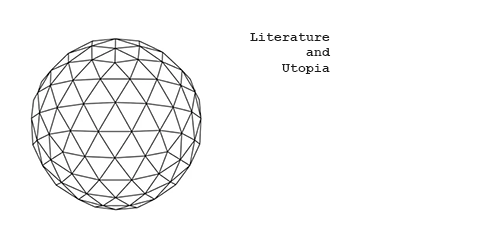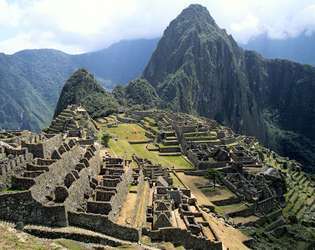Machu Picchu
The gorgeous ruins of Machu Picchu, sitting high above the world on a ridge in the Andes Mountains, serves as a lasting reminder from the Inca that they were here. Its creation has been dated to have been in the mid-15th century AD, placing its construction firmly within the reign of the ninth and perhaps greatest Sapa Inca, Pachacuti. The exact purpose of the compound is a debated topic amongst many archeologists and historians. Explorer and “discoverer” of the ruins, Hiram Bingham, first believed it to be the lost Incan city of Vilcabamba. Later disputed, some believed it to be a trading hub, a rest stop in between travels. Today, the most accepted explications Machu Picchu’s purpose is it having been a royal complex built for the Sapa Inca.
The simple existence of the complex’s ruins speaks volumes of two important things. The first is the organizational efficiency of the Inca under the rule of Pachacuti, the world reformer. Pachacuti’s campaigns are what turned the Kingdom of Cusco into the Incan Empire (Hirst). Yet his administration’s ability to build roads up and down the Andes, complexes like Cusco and Machu Picchu, and feed an estimated 6-14 million, all in an unforgiving Mountain climate is nothing short of extraordinary given their time and means. This is the core of understanding how the Inca was able to control such a massive landmass, they were simply organized better. The second thing it speaks volumes of is the sophistication of Incan architecture. Stones carved so perfectly, they fit together with no mortar. A monolith to the sun that casts no shadow during a solstice. This world heritage site is one of the most iconic relics left by such an interesting society.

